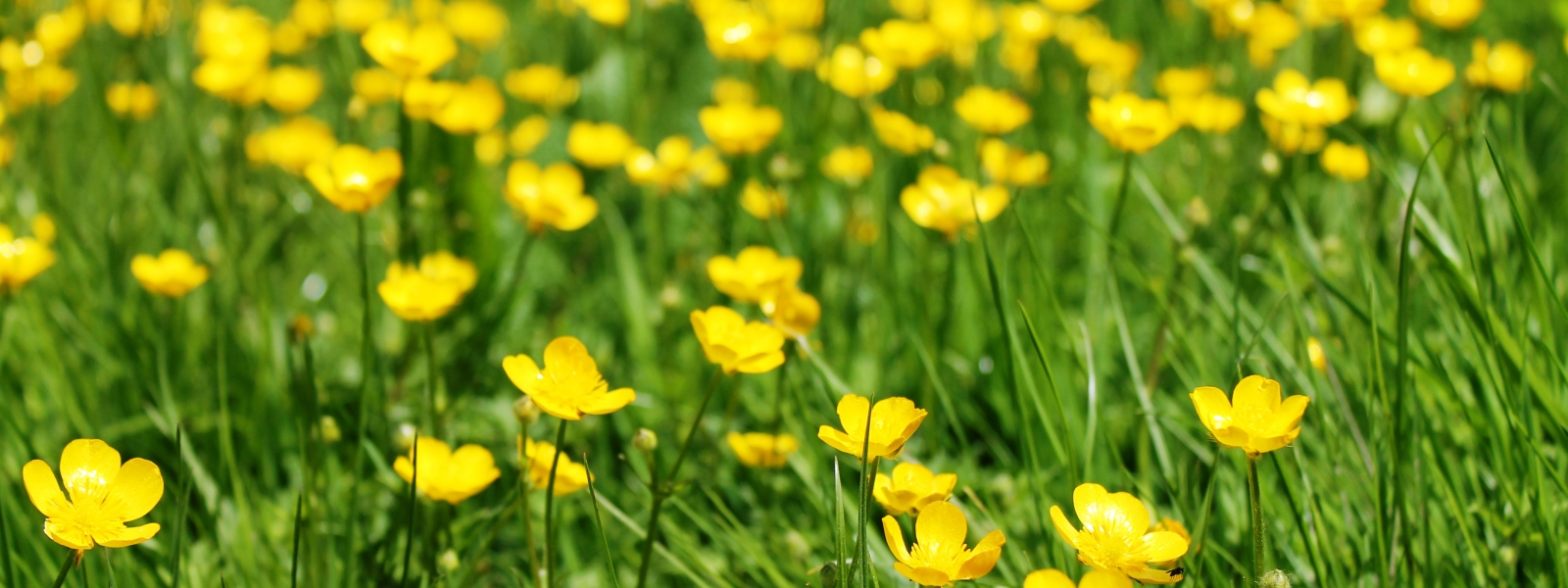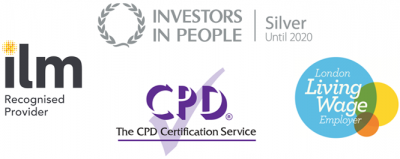Sep
25
2014
Five practical (and easy) mindfulness exercises that take less than five minutes
What is mindfulness?
Everybody is talking about it, but it isn’t new. Mindfulness and Mindfulness Based Cognitive Therapy have been effectively used to treat anxiety, stress and depression for a number of years now. It is so effective that it's the NICE (National Institute for Health and Care Excellence) choice of treatment over anti-depressants if you’ve had recurrent bouts of depression, helping thousands to successfully manage stress and anxiety.
Google famously use it in their ‘Search Inside Yourself’ programme, Deloitte, Barclays, Harvard Business School and UK Sport have been practising it of late, even Transport for London are jumping on the mindfulness train. So what is it?
Mindfulness is being in the present moment, consciously aware, paying attention, without judging. It’s a great way to manage stress and increase your own wellbeing. With regular practice, mindfulness is a powerful tool in your arsenal to promote happiness and mentally de-clutter.
More than positive thinking or simple breathing exercises, mindfulness is an effective way to train your brain, increasing neuroplasticity, reducing stress and increasing happiness. Longitudinal research from Harvard over the last twenty years has evidenced a multitude of benefits.
Deceptively simple, mindfulness isn’t complicated. You don’t need to sit on the floor cross legged or twist yourself into impossible postures. To demonstrate just how easy mindfulness is to incorporate into your everyday life, here are five practical (and easy) mindfulness exercises that will take less than five minutes each, in fact, you can start right away.
1. The traffic light
This one is simple and takes just one minute. Think of what you do at a traffic light - STOP! You can do this sitting in your car every time you really have stopped at a red light (it beats complaining about it), sitting at your desk or just sitting in your chair.
Stop: Stop what you are doing. Pause for a moment.
Take a breath: Breathe, it’s easy, we do it all of the time, we just don’t think about it. Really notice how the breath feels entering your body and how it feels as you exhale. Concentrate only on your breath.
Observe: Now you’ve had that pause and breathed a little, how do you feel? What’s going on for you? Just notice, observe it without judging.
Proceed: Time to continue on your journey.
2. One minute breath
Another technique that only takes a minute, what’s not to like? Set your stop watch or sit in front of a clock and just breathe for one minute. Your aim is to focus on your breath for one whole minute. Notice how the breath feels as it enters the nostrils, how it feels cool as you inhale, how it’s a little warmer as you exhale. All you’re doing is concentrating on your breath for an entire minute.
3. Mindful eating
This is a mindfulness favourite and you can do it with chocolate, raisins, dinner, breakfast, anything you like as long as it’s edible. Get rid of distractions like the TV, newspaper, mobile phone, radio or talking and sit down to eat.
Give your full attention to your food - how does it smell, what colour is it? What are the textures like? How do you cut it? Chew slowly and really savour your meal. Notice how it tastes different? This is also a great technique if you are watching your weight, helping you to feel fuller for longer rather than wondering where that bar of chocolate went…
Listen to Gill's podcast on mindful eating.
4. A mindful cup of tea
It’s a simple procedure, but there’s a reason it’s a ritual in the Far East. Making (and of course drinking) tea can be a profoundly relaxing experience. Notice the weight of the kettle as you fill it with water, listen to the sound of the water as it runs from the tap, how the light bounces off the endless stream. Notice the sounds of the water in the kettle as it comes to the boil. Stay in the present as you prepare your cup and the tea bag. Watch as you pour the boiling water onto the bag, how it floats as the steam swirls upwards. Then sit down and reward yourself as you notice the heat, the taste of the tea and all of the different flavours as you swallow.
5. Mindful walking
The next time you’re walking, really notice what’s going on around you, the light, the sky, the trees. Feel the ground under your feet, how you breathe as you walk, notice the buildings, your fellow pedestrians. Remain in the present as you head towards your destination. Feel the wind on your face and notice what’s different when you arrive at your destination.
That’s mindfulness in five easy steps. You can use mindfulness any place, anywhere, anytime. Give it a try and see the difference. Practiced on a regular basis, mindfulness will improve both your mental and your physical health and offers a great return on investment for a few minutes investment every day.
Listen to Gill's podcast on mindful walking.
Learn more
You can discover more about mindfulness on our one-day training course. The course is delivered by Gill and will introduce you to mindfulness. You will learn everything you need to know about the science behind this evidence based practice and you’ll have the opportunity to practice mindfulness techniques that will benefit you both personally and professionally.
Further reading:
www.freemindfulness.org/download


